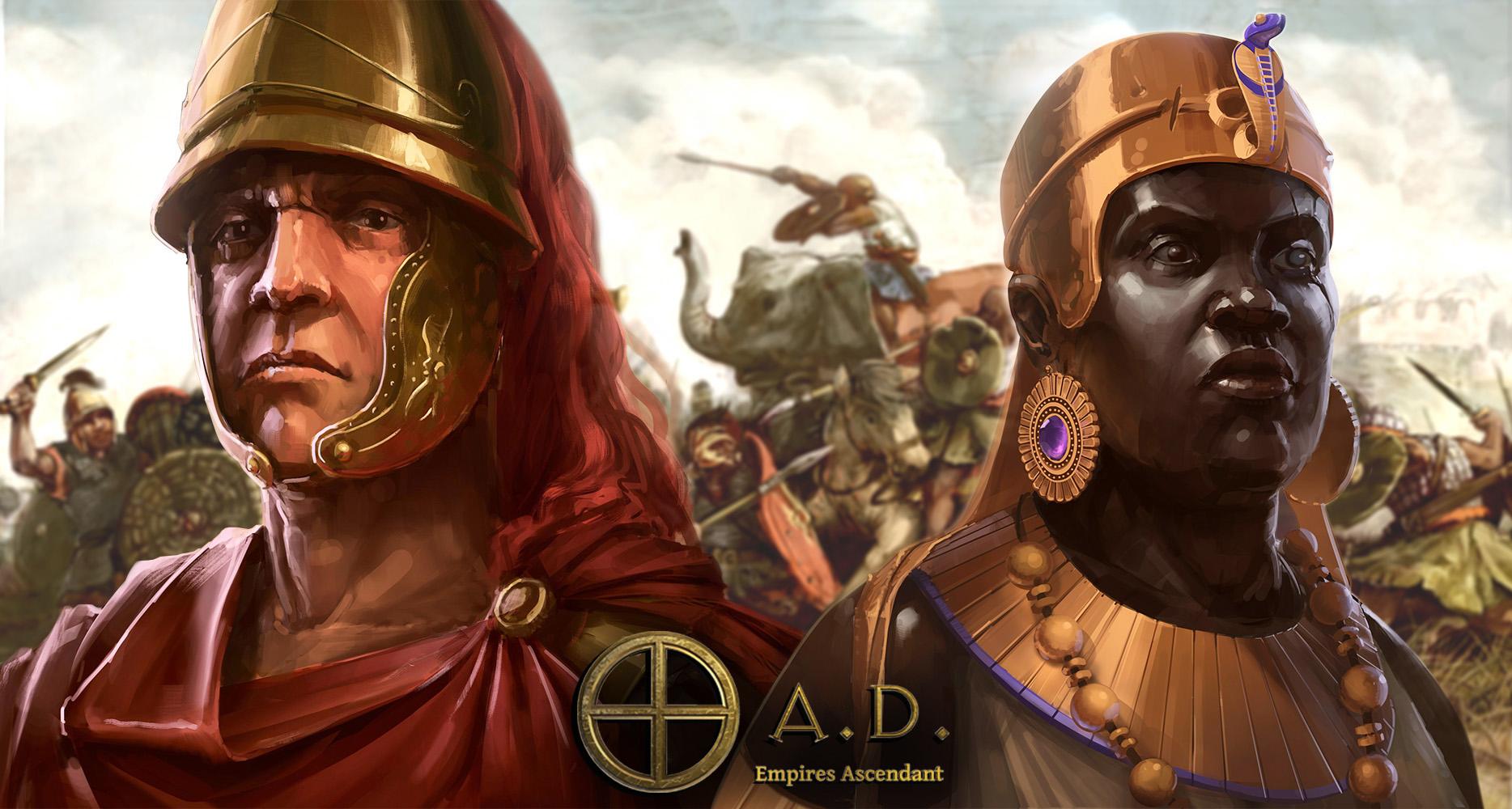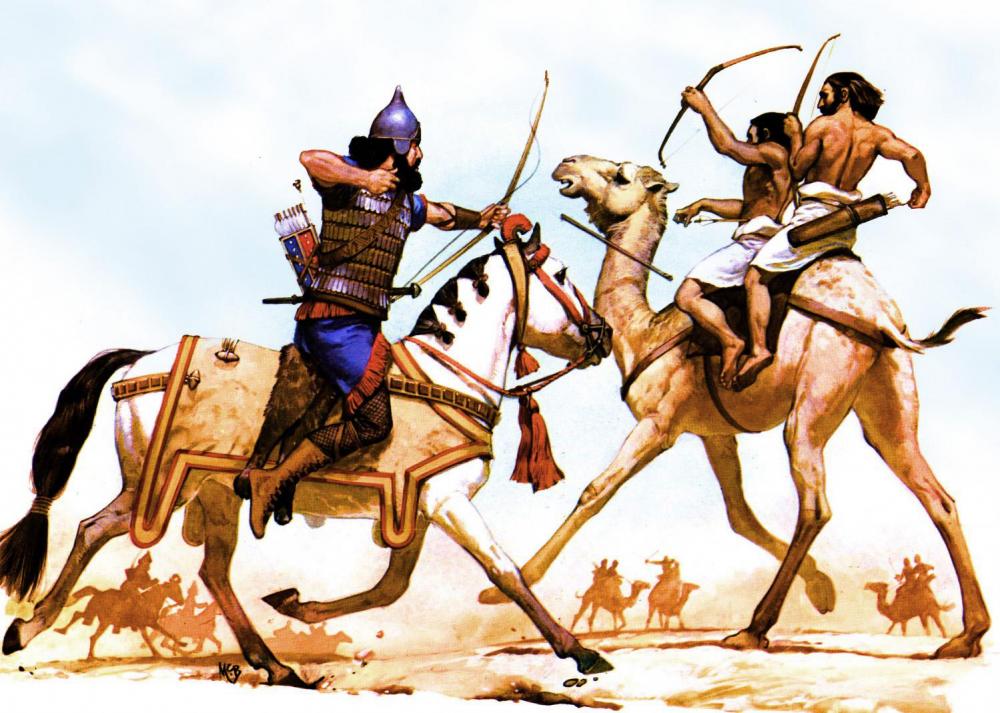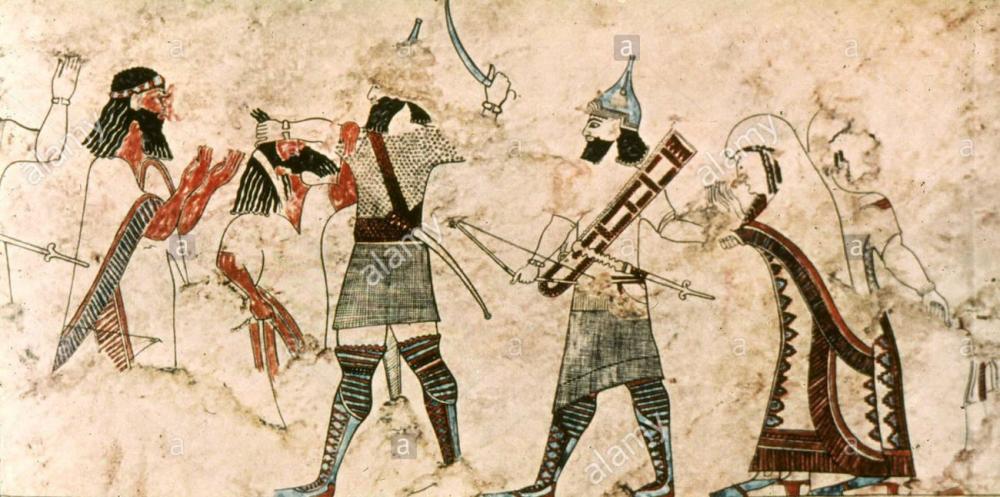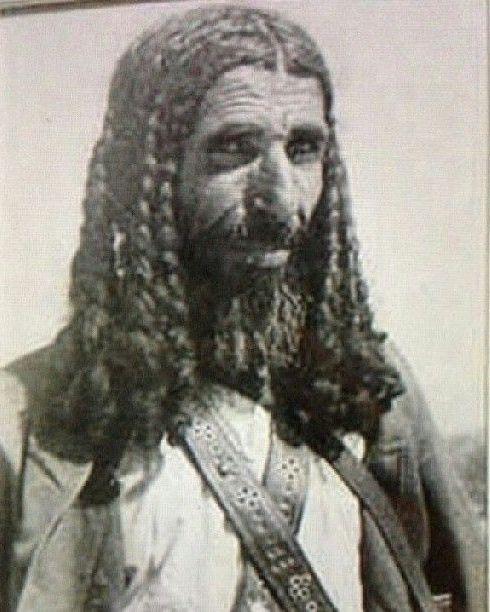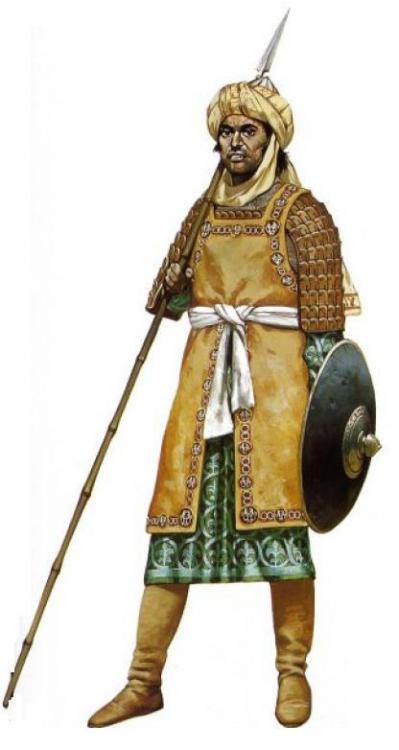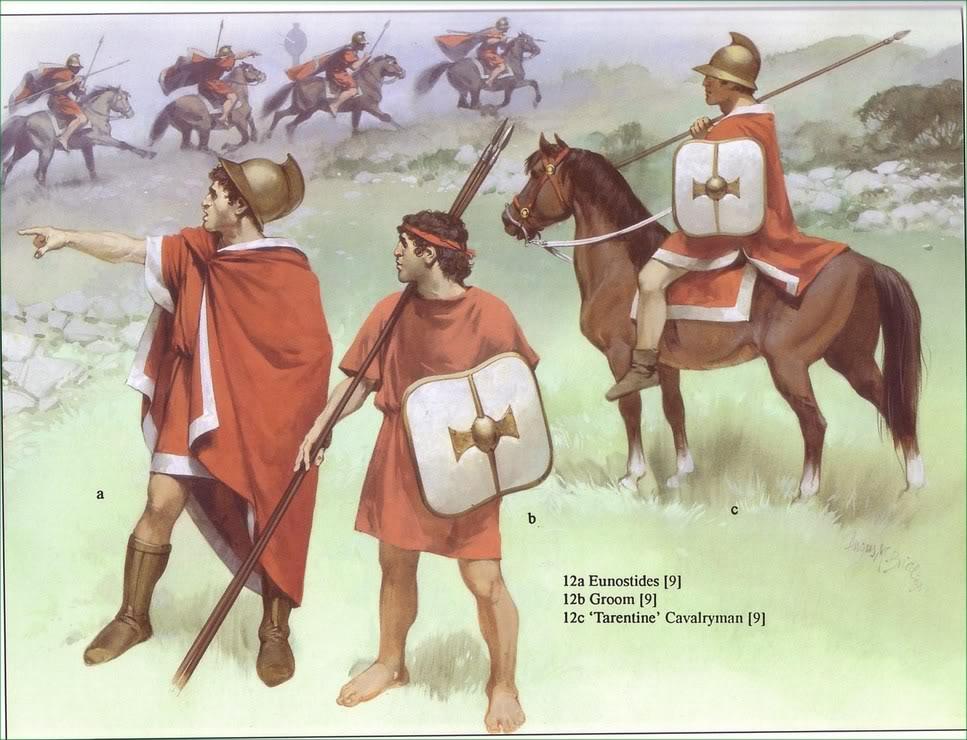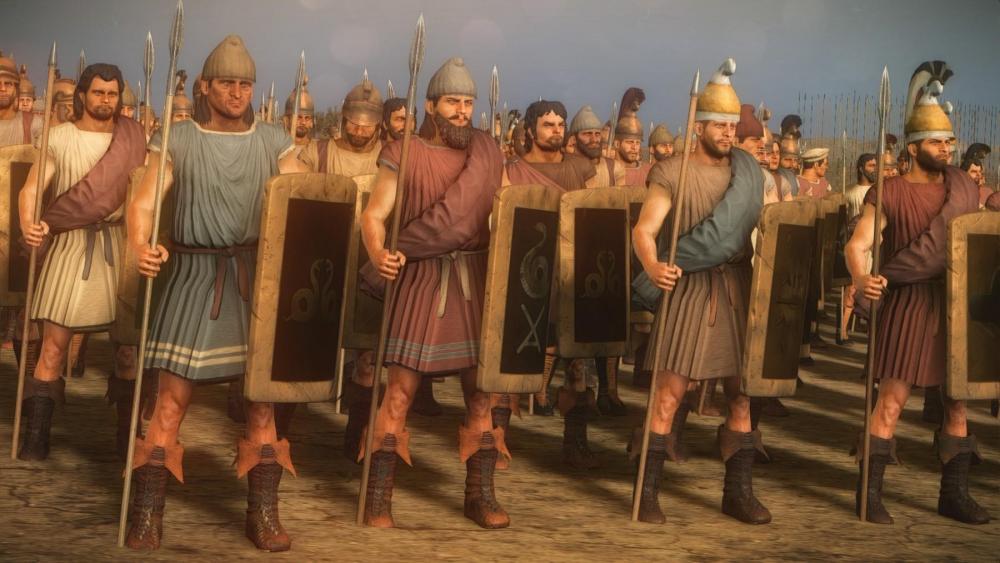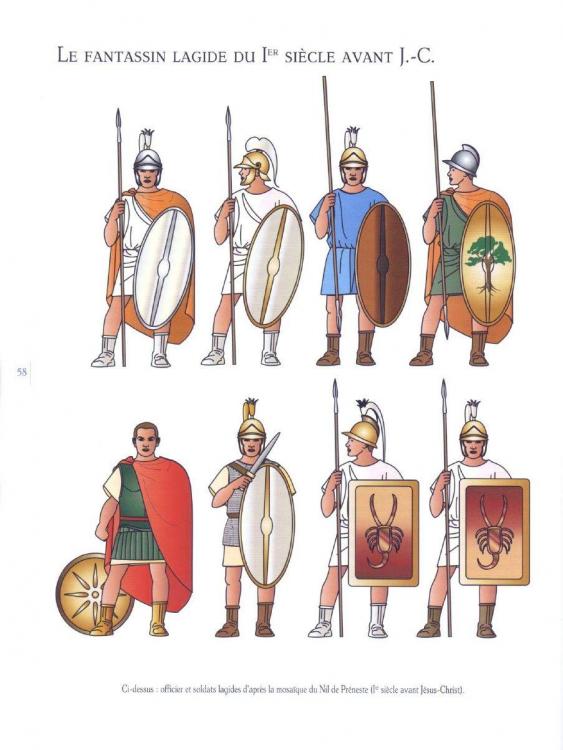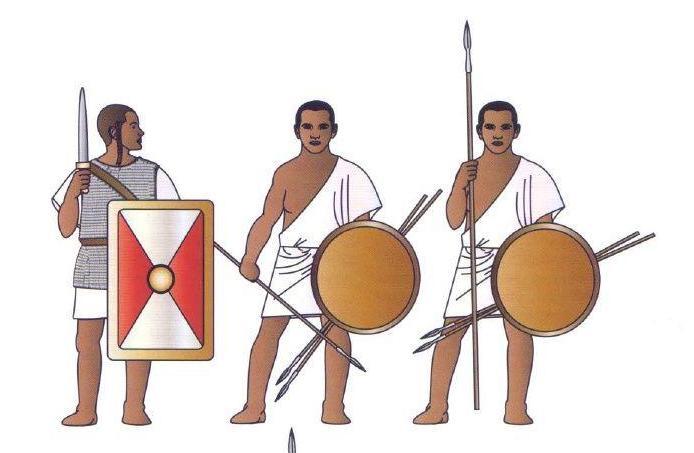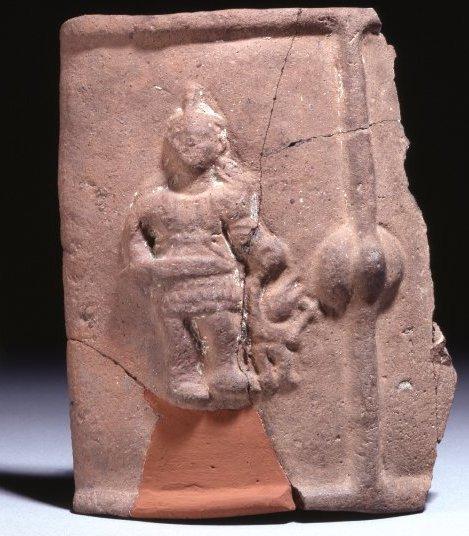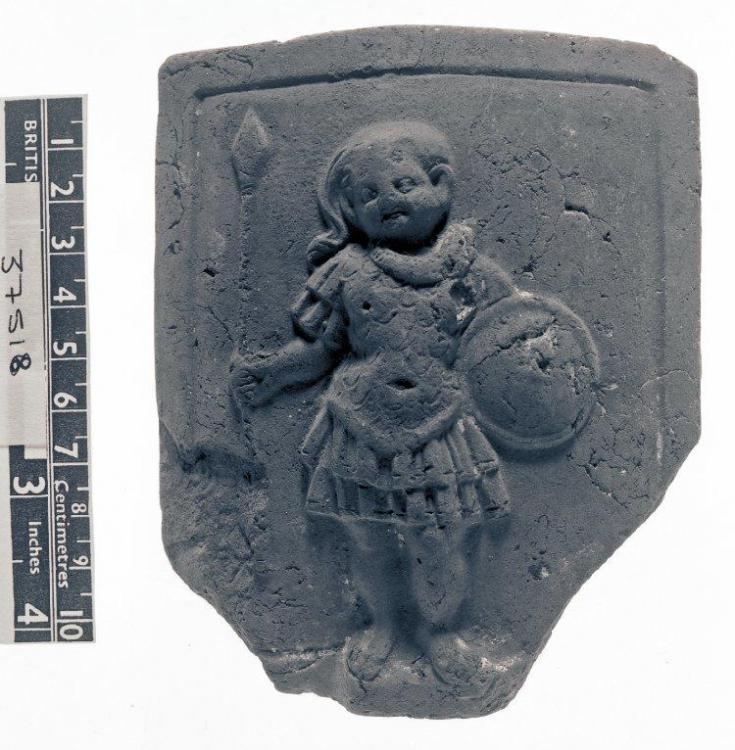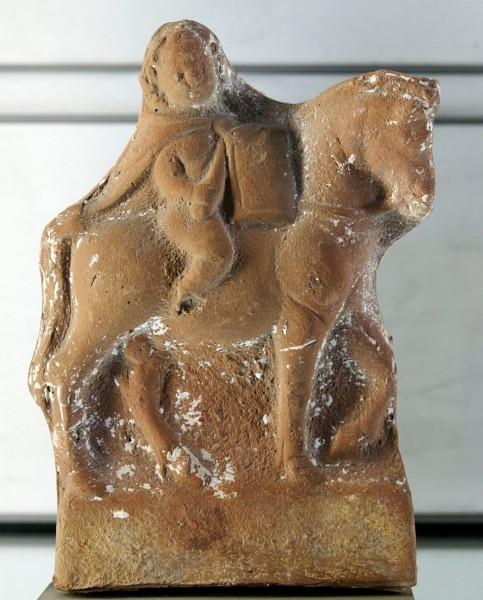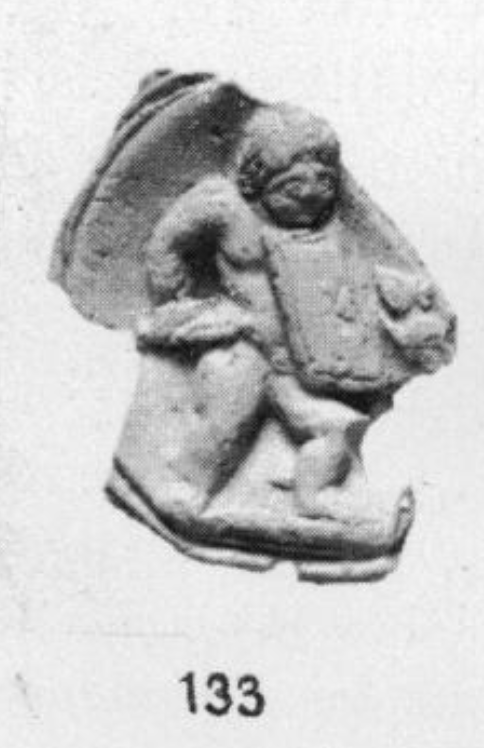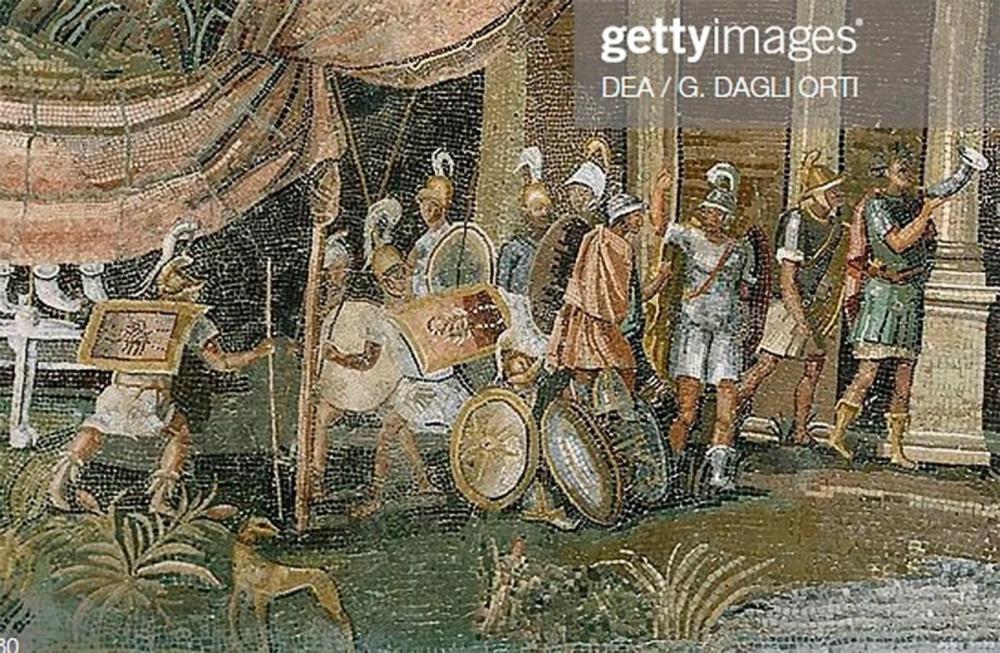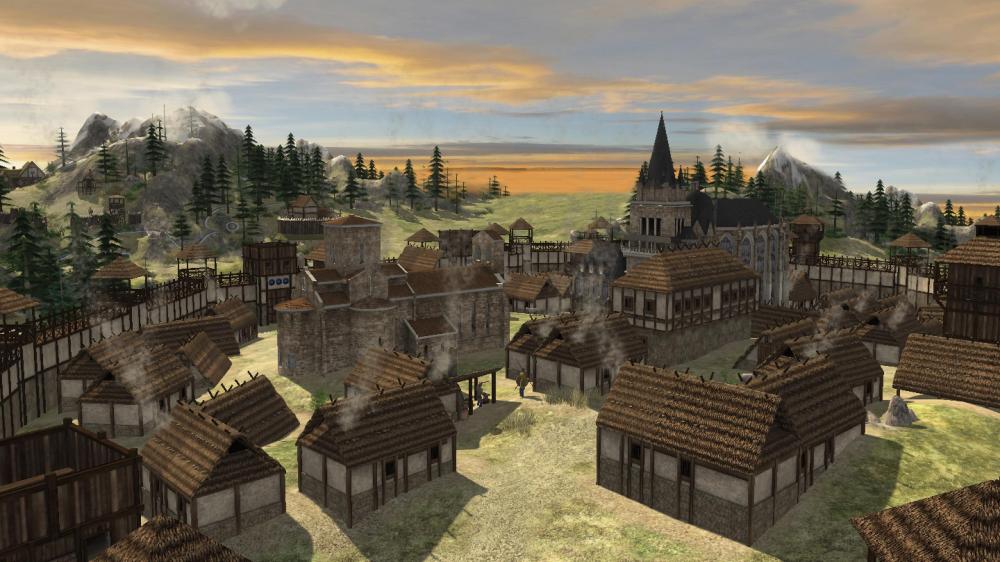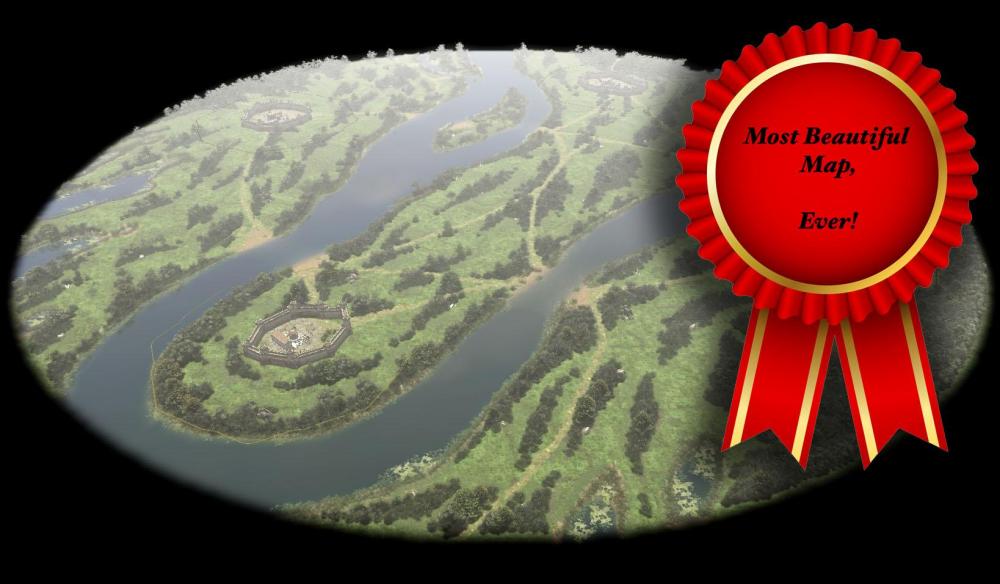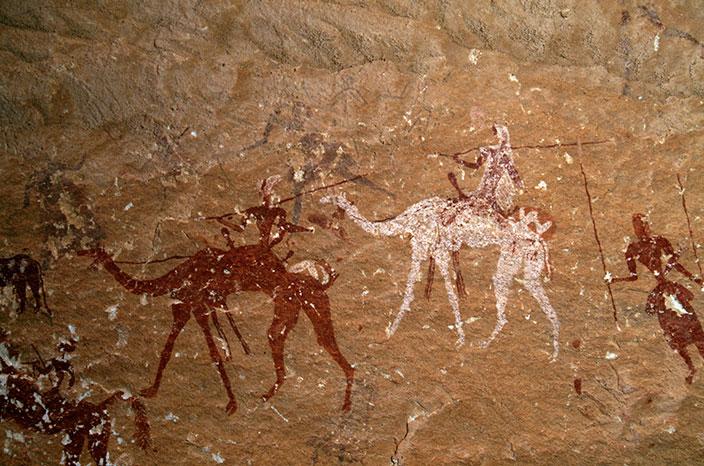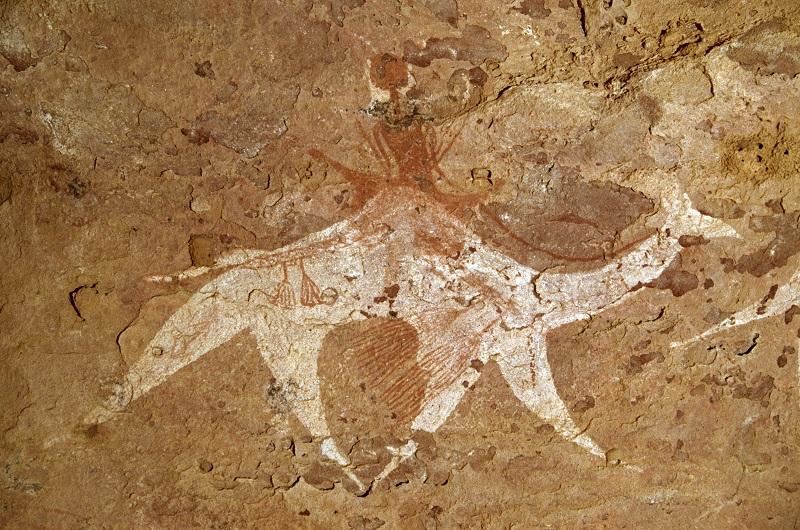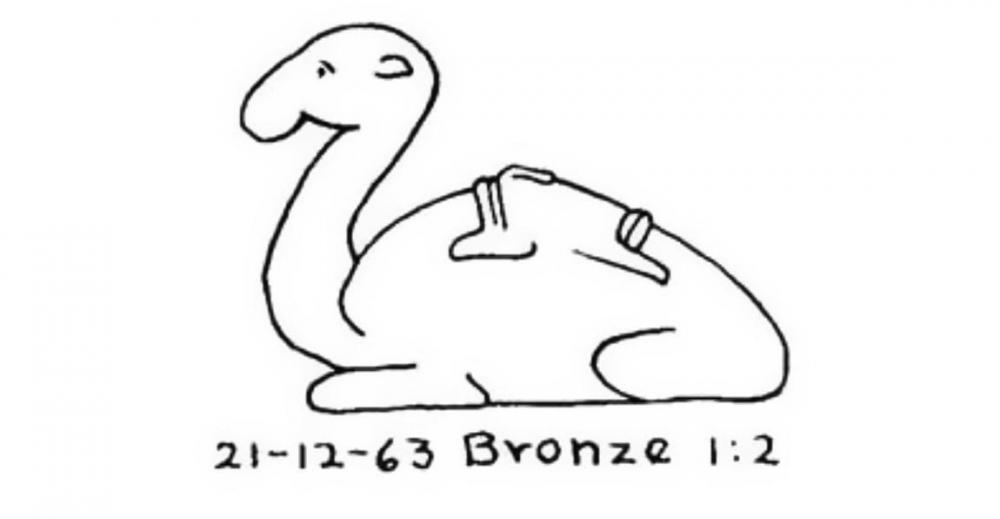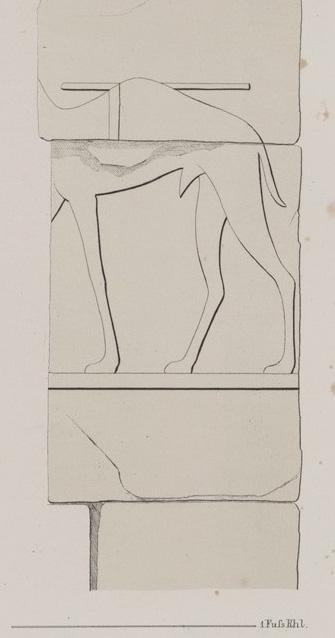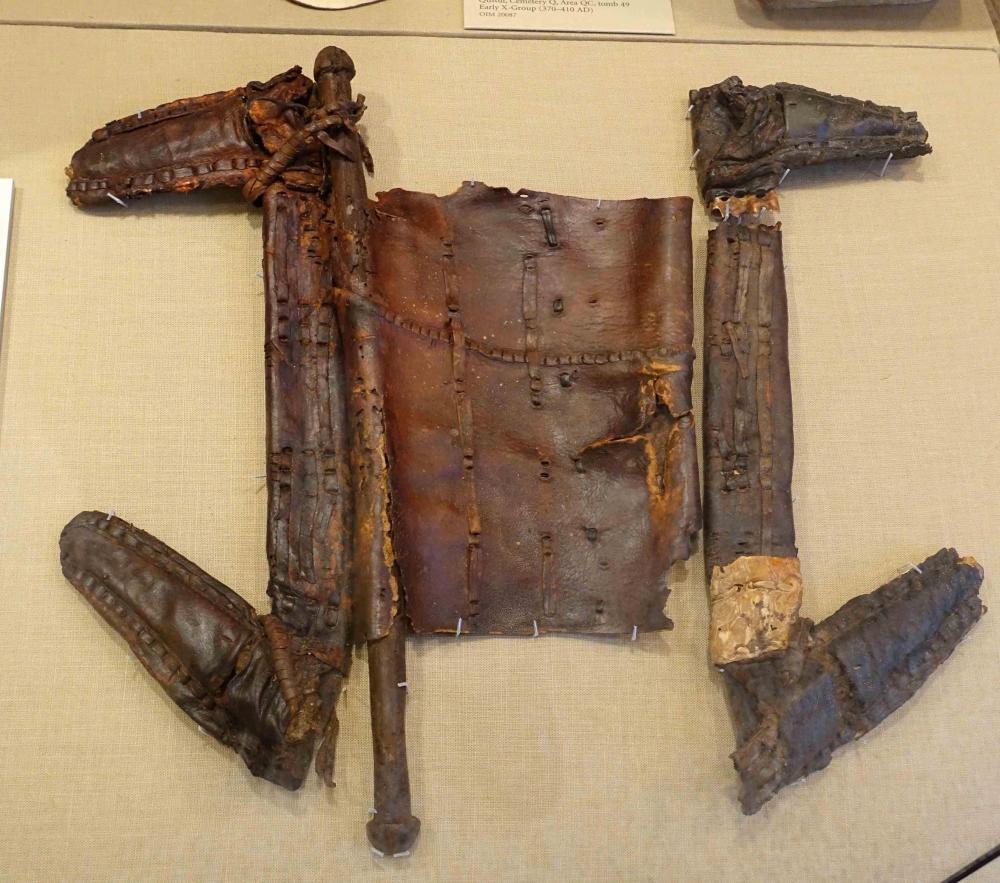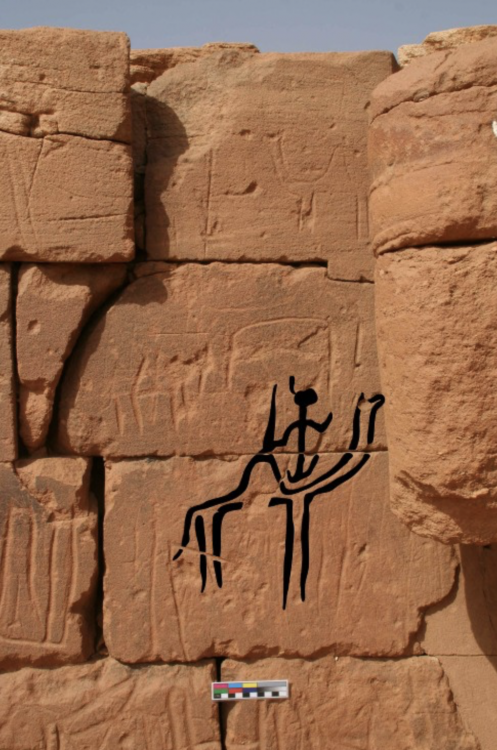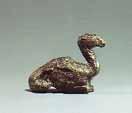-
Posts
2.332 -
Joined
-
Last visited
-
Days Won
60
Everything posted by Sundiata
-
Very cool! One thing I'd still like to see is those shoulder length pleated hairstyles that Arabs traditionally sport. I'm not sure how Hellenization affected hairstyles, but it would be cool to incorporate it for the lower rank units at least. Do we have long beards in-game? Arabs on the left being smote by some unpleasant Neo-Assyrian King (Tiglath-Pileser III)
-

Bulding Snapping Feature
Sundiata replied to vladislavbelov's topic in Game Development & Technical Discussion
Could you explain how? -
Not really. Those shields are made from animal hides that are not easily available "up north" (elephant, rhino, hippopotamus) Plenty of inspiration for Arab shields among the art references (including the ones Genava linked). For example, shield bosses are rare among the Sudanese round shields (only wealthy elite), while they are more common among the Arab round shields, like this:
-
Glad you like the game @PieLam! This guide by -borg is definitely worth checking out: These Youtube channels by Tom 0ad and ValihrAnt are also full of informative videos with tips and tricks to improve your gameplay: https://www.youtube.com/channel/UCWgSzCK6CoFgSdbPiKGmJ4A/videos https://www.youtube.com/channel/UCS-SFei6NFRuGN8CKtAsYrA/videos?fbclid=IwAR2yXRmgeT1EECsHvj5LiU5j5johgrK1wR-vq05BTbdhvTWuRZVFc6YbH0k
-

Bulding Snapping Feature
Sundiata replied to vladislavbelov's topic in Game Development & Technical Discussion
I always wanted this -

Bulding Snapping Feature
Sundiata replied to vladislavbelov's topic in Game Development & Technical Discussion
Ditto. So does at least one of the fans on facebook who asked for this specifically. -
No it's not a Roman scutum and it's not an error by the artist. It's deliberately depicted as small, after the primary references.
-
Huh? But I said that the mosaic is from Italy, and that I didn't know what to make of it until I saw the same shield type appearing in primary references from Ptolemaic Egypt itself. 4 of them from Egypt. Only one from Italy, depicting an Egyptian scene. Is there anything fantastical about the warriors depicted in the Palestrina mosaic? I've criticised the fantasy (fantastical monsters) in the mosaic myself, but not the warriors, which seem to be on point from what I can tell. Also i said: Especially the depiction of Harpocrates is relevant. Yes I know, but what's the relevance if we have Cleopatra VII as a recruitable hero? Our Ptolemies go until 30 BC, not 200 BC. Otherwise we should remove Cleopatra, and might as well remove Romanized units from the Seleucid roster as well. I don't think they qualify as tower shields, they're significantly smaller. Either way, rectangular tower shields were used by Persians, who occupied Egypt as well. We're also not arguing about who invented these types of shields. Just whether or not they were used by Ptolemies, whether they were under Roman protection or not. Also, if we have primary references of these shields from Ptolemaic Egypt, the question is if we actually have any such references from pre-Imperial Rome? Either way, I don't think it's relevant because I'm convinced these shields aren't in any way related to Roman shields to begin with... These guys didn't take any issue with the references it seems: See the 4th reference in the orignal post for this particular type: (so we're actually talking about two distinct types of rectangular shields) This one uses the mosaic as reference: "Libyan" after a terracotta "from the Fayoum" Looks good, believable and even probable to me. I like it
-
Dating is indeed incredibly difficult, and Roman influence tangible in the 1st century BC, but not entirely relevant. Cleopatra VII is one of the Ptolemaic heroes, which suggests that our Ptolemies go all the way up to the Roman conquest. The Palestrina mosaic with scorpions (a typical Egyptian symbol) also suggest indigenous origin. So do the depictions of Harpocrates and Antaios. Do these shields actually appear in a pre-Imperial Roman context to suggest Roman influence anyway? I honestly don't know, I personally only know them from the murmilo gladiators which post-date these pieces. Perhaps, but again, the Palestrina mosaic places them among units equipped in a typical Hellenistic fashion, not Celtic. Although I won't rule out Galatian influence, although they were specifically known for their Thyreos shields, weren't they...
-
In order to distinguish Hellenistic units between the various Hellenistic factions, it's nice to include those little details that are unique to each faction. I noticed that Ptolemies used pretty unique looking, curved rectangular shields alongside the more traditional types. I first noticed them in the Palestrina Nile Mosaic from Italy, quite a while ago, but didn't know what to make of them. Now I've come across enough examples, including local Egyptian sources to feel relatively confident in my suggestion. The examples from the Palestrina Nile Mosaic, with 2 soldiers, left and centre, carrying rectangular shields with depictions of scorpions. Primary Ptolemaic Egyptian references in the form of terracotta warriors, including a cavalry man and an infantry man: Actual rectangular terracotta model shields from Ptolemaic Period Egypt: The first shield has a depiction of "Antaios, god of the Antaiopolite Nome, the Tenth Upper Egyptian Nome" The second one bears an image of Harpokrates. At a first glance, they actually look similar to the rectangular scutum of the murmillo gladiators of Imperial Rome, but the Ptolemaic examples seem to predate them. @Alexandermb, @wackyserious @Nescio, any thoughts?
-

Bulding Snapping Feature
Sundiata replied to vladislavbelov's topic in Game Development & Technical Discussion
Really cool... -

===[TASK]=== Greek Unit Texture (General Thread)
Sundiata replied to wackyserious's topic in Official tasks
Maybe retake the screenshot with the black cape? Looking really good by the way! -

Funny Relevant Videos and Memery
Sundiata replied to wowgetoffyourcellphone's topic in Introductions & Off-Topic Discussion
-

The Role of Women in 0 A.D.
Sundiata replied to Thorfinn the Shallow Minded's topic in General Discussion
There's nothing mythological about Scythian female warriors though... They're well attested in the archaeological record. https://www.nationalgeographic.com/news/2014/10/141029-amazons-scythians-hunger-games-herodotus-ice-princess-tattoo-cannabis/ This one's fresh off the press: https://www.smithsonianmag.com/smart-news/tomb-containing-three-generations-amazon-warrior-women-unearthed-russia-180973877/ -
6,5 year old video posted by someone in the Facebook community. Still worth a share... Triple monitor setup...
-
I don't understand how this isn't a thing yet. Arguably the most important graph of all, and the most fun to analyze...
-
-

fighting game i've done - work in progress !
Sundiata replied to coco88's topic in Introductions & Off-Topic Discussion
It's Tesseract, some kind of open source game (-engine): http://tesseract.gg -
Afehyia pa!
-
In 0AD's timeframe "Bedouins" were largely confined to the Eastern deserts of Egypt and primarily Arabia. Essentially Nescio's "Arabs". The nomads of the Deserts West of the Nile are distinguished as "Libyan", another very broad term. There's this weird popular mantra that Romans introduced camels to (North) Africa in the AD period, insinuating that Garamantes didn't use camels in the BC period. But even Roman sources place camels among the indigenous people of the North Western Sahara by the first century BC latest... Libyan (and other Saharan) rock art also says otherwise, and depicts camels from the so-called "Camel Period" which may have started as early as 1000 BC. Lances and javelins are most common:
-
Bedouin https://www.google.com.gh/search?hl=en-GH&tbs=sbi:AMhZZisDGjAFAbU9Ely5WTCevSFA6sjixo1qV7Dw8n8Xuo12RMTZbFKv-ovtjBrVNh2OPj7S2fHdWuw14sHMMYt9aq8XZlwFH8L742XbDAwt7Tsm6VdrabUtGaB7Auk2QSisrx5vRwRSQHP8goi0LKkGG4PxURgSPZg6qAOMjMw-3F5X0QiaIdkXzxmv0N9URloWeqY2mGcnaIFnZkrGVdl0eNV0qCzurn98JqVis-uusvrMHUfgc2_1ZA-2SrJbqSMDj8oTQAVNGy7XtxkRyNfG4ZGyixCAHwv2v_1pFkUscoAVdwqOrnv7z0BlOtslwWwGyudacqYT_1x&ei=HGL9XY3hHMma1fAPjPeR6Ak&start=0&sa=N&ved=2ahUKEwiN37uSucXmAhVJTRUIHYx7BJ04MhDy0wN6BAgHECs&biw=1440&bih=751
-
Here's a depiction of a camel from the pyramid chapel of King Arikhankharer, (Begrawiya, pyramid 10), c. 15 AD: Note that it's already highly developed, stylistically, indicating a longer standing familiarity with the subject. Here's a Meroitic bronze figurine of camel belonging to King Natakamani, Arikhankarer's father and predecessor, from Pyramid 5, Begrawiya, "around or earlier than 1 BC to c. 20 AD" Again, note the developed nature of the style, anatomy and seating position. The above saddle is comparable to the post Meroitic saddle from Qustul: Most of the camel graffito at Musawwarat are believed to be medieval, but some are believed to be Meroitic. In particular, those figurines where the rider is placed in front of the hump. From the post Meroitic period, apparently they started sitting on top of the hump, although the above shared camel figurine depicts a camel with saddle on top of its hump, so the dating criteria might need some nuancing. Camels were even of importance to the Nobatae (or Noba, related to the modern Nuba of Kordofan), who start forming some kind of military aristocracy in Kush from the late Meroitic period, and were sometimes buried with large numbers of camel sacrifices in the AD period. Basically for the Blemmyes mercenary camels in the Kushite roster, Beja camel riders should be your main source of inspiration. They're the descendants of the Blemmyes and the Medjay and still maintained a very archaic culture up till the early 20th century, sometimes still wearing the distinctive wrapped linnen or cotton cloths around their waist, and still sporting the same half afro-half locked hairstyle they're depicted with in Meroitc scenes. They even maintained pre-islamic and pre-christian religious traditions to a degree into recent times. For weapons, swords, lances and javelins were preferred. I'd love to add bow and arrows to that but I haven't come across anything like that before in Sudan.
-
Dromedaries were apparently first domesticated in Southern Arabia. Introduction of camels to the Nile Valley is a poorly understood. They're almost absent from Ancient Egyptian art, which is a little strange. Some, myself included believe this is because of cultural reasons. They may have considered it an unclean, or even "offensive" animal. It was occasionally depicted though, so they knew what a camel was. Camels are used primarily by desert nomads or pastoralists in arid regions, and people who were used to life along the Nile, avoid the desert. From the Ptolemaic Period onwards, camels are better attested, possibly because of the Nabataean and Bedouin connection, and Greek connections across the Middle East. There seem to have been wild camels in East Africa since Pre-Historic times. I was surprised to find out recently that camel bones were found in Neolithic sites in Nubia. It's very possible that these were wild ancestors of domestic camels that were being hunted, although the spread of domestic dromedaries is not yet fully understood, and domestic dromedaries appear at very early dates in Somalia as well (Sudan and Somalia are home to about 70% of the total world population of camels today). It's possible these wild camels were hunted to extinction. Camels start (re-)appearing more frequently in the archaeological record of Lower Nubia from the early Napatan Period (at Qasr Ibrim), possibly even earlier in the 1st millennium BC. Actual depictions of camels in Kushite art only seem to appear in the 1st century BC, Meroitic Period, and they are depicted with riding gear. Perhaps these depictions simply illustrate growing influence of the Blemmyes, and an abandonment of the pharaonic taboo on camels (one Meroitic royal chapel features a fine relief of a camel, unheard of in Egyptian art). At what point camels were first employed in a military context by Kushites (or their "foreign" levies/mercenaries from the arid regions East of the Nile/Nubian Desert) is entirely unknown to me. I suspect they would have been employed in such a context as early as they were adopted by the Eastern Desert peoples. Kushites faced camels in a military context as early as the Kushite-Assyrian wars of the 7th century BC. It's generally believed that Egyptians started adopting camels in larger numbers after the Persian conquest of Egypt in the 6th century BC. How they were equipped is difficult to say with confidence, but more recent Beja camel forces were equipped primarily with lances, javelins, swords, round shields and linen/cotton wrapped around the waist. There are a very large amount of crude graffito from Meroë and Musawwarat es Sufra depicting camel warriors, but these pieces are very difficult to date. Most of them are believed to be medieval, and depict mostly swordsmen on camelback. Domestic camels seem to be absent from the North Western Sahara until the the first century BC. Carthaginians are not known to have used them. Interestingly Julius Caesar actually captured 22 camels from King Juba of Numidia in the 1st century BC, North West Africa. Oddly camels are well represented in Central and South Western Saharan rock art. The so called "Camel Period" in Saharan rock art is believed to begin around 1000 BC, about 2 centuries after the beginning of the "Horse Period", 1200 BC (although the dates are still debated). These are depictions of warriors on camel back, carrying spears, round shields, swords and sometimes feathers in their hair, some perhaps wearing turbans. They look like "proto-Tuaregs" and are closely related to Libyan warrior figures, but are found as far south as Niger and Chad. Very possibly/probably there is a Garamantian connection, although outside of this rock art which also exists in Libya, little is known about the importance of camels in the Western Sahara before the common era.
-

===[COMMITTED]=== Roman Infantry (New texture)
Sundiata replied to wackyserious's topic in Completed Art Tasks
Wouldn't it be sufficient to reduce how often it's used, like 1/10 of the elite ranks only, could have such a helmet. Then it would look like there are only a handful of centurions for each army of spearmen, especially when they're of mixed ranks, which is usually the case. It would end up looking more realistic.

